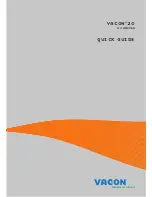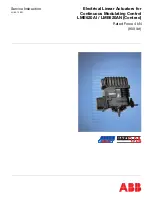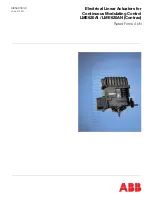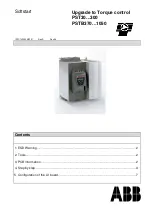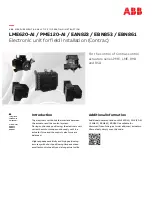
3
Control Sensor
Proper placement of the sensor can eliminate many problems in the operation of the system. The probe should be
placed so that it can detect any temperature change with little thermal lag. In a process that requires fairly
constant heat output, the probe should be close to the heater. In processes where heat demand is variable, the
probe should be close to the work area. Some experimenting with probe location can be tried to provide optimum
results.
Specifications:
Control Mode
- Microprocessor-based, single input, single output.
- PID parameters
Proportional band: 1 to 999
o
F
Reset: 0.00 to 99.99 repeats per minute.
Integral: 0.00 to 99.99 minutes per repeat.
Rate or Derivative: 0.00 to 9.99 minutes.
Operator Interface
-
Advance, Infinity, Up and Down
keys and ON/OFF switch.
- Dual, four digit LED displays.
- Thermocouple receptacle or (RTD) and 3-wire load receptacle.
Input
- Type J, K , T thermocouple or (RTD): input grounded or ungrounded.
- Automatic cold junction compensation and break protection for sensor.
- Degrees F or degrees C display; user selectable (preset for degrees C)
Accuracy
- Calibration accuracy: 0.1% of span.
- Temperature stability: 0.2
o
F /
o
F rise in ambient maximum.
- Voltage stability: 0.01% of span / % of rated line voltage.
Power
- 50/60 Hz 5%
- Data retention upon power failure via nonvolatile memory.
Operating Environment
- 32 to 149
o
F / 0 to 65
o
C; 0 to 90% RH, non-condensing.











